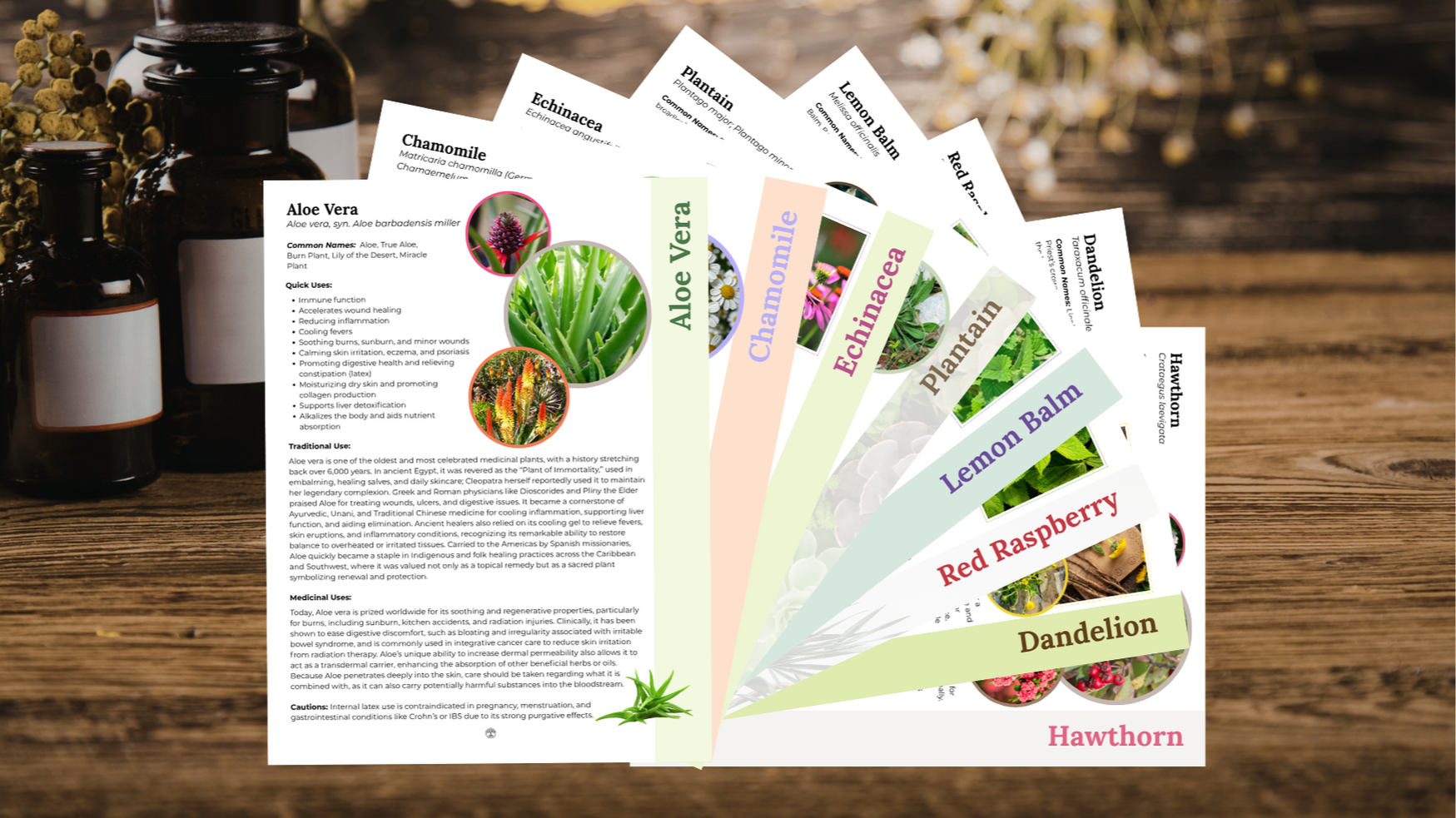Caviar Taste on a Bean Budget!
Apr 12, 2023Beluga Lentils
I am always looking for ways to incorporate healthier foods into my diet, especially tasty ones! Black lentils first caught my eye in a dish from a local Greek restaurant. Every time I went to this restaurant, I found myself ordering the same dish and realized that I especially enjoyed the black lentils. They have a mild flavor, and the texture feels really nice on my palate (textures can often make or break a food).
Black lentils, sometimes called beluga or caviar lentils because they resemble beluga caviar, are smaller than other lentils and have a firmer texture than red, yellow, brown, or green lentils when they are cooked. They have a mild flavor that easily absorbs other flavors, which means they are versatile and pair well with many different kinds of dishes.
Nutritional Content
Lentils have been a source of nourishment for thousands of years. Modern research gives us some insight into why they are so nourishing. We now know that they are a rich source of protein, fiber, folates, iron, phosphorus, as well as polyunsaturated and monounsaturated fatty acids. Their dark color contains anthocyanins, which are the same antioxidants present in dark purple and blue foods.
Today, I am making Beluga Tacos. They are quick and super simple. Cook time only takes about 20-25 minutes. I love this dish because it is not only quick but tasty and makes a lot, so I have plenty of leftovers that can be frozen. Feel free to make some of your own variations with this recipe. You really can't go wrong.
Recipe
Cut up and sauté 1/2 to 1 whole onion in a large pan with a little bit of oil. When the onions are translucent, add 3 cups vegetable broth and 1 cup lentils to the pan. Bring it all to a boil, then reduce the heat to a simmer. Add one teaspoon cumin (or a bit more) and continue to simmer uncovered until most of the liquid is gone.
While the lentils are cooking, I warm corn tortillas and cut up the other taco fixings. Red onion, cilantro, lettuce, tomatoes, guacamole, salsa, and fresh lime juice are my favorite toppings. And sometimes Italian dressing.
Dietary Guidelines & Health Benefits
I haven't had much luck finding black lentils at my local grocery store, but they are easy to come by online. Like I said, they are not only tasty and fun on the palate, but they are super nutritious as well. In fact, the U.S Dietary Guidelines recommend 3 cups of beans or legumes a week, and the National Heart, Lung, and Blood Institute recommends 4-5 servings per week. These recommendations stem from modern research showing that legumes and beans help prevent chronic disease.
• Substituting plant-based protein for red meat reduces the risk of cardiovascular disease factors.
• High-fiber diets are associated with a reduced risk of certain types of cancer, including colorectal cancer.
• Additional nutrients in legumes improve immune function and decrease oxidative stress.
• Those who regularly eat beans/legumes not only have a lower body weight and smaller waist, but also a 38% less risk of developing type 2 diabetes.
• Beans and lentils contain a resistant starch that acts a lot like fiber. It bulks up the stool and acts as a prebiotic to beneficial bacteria.
These known health benefits are just a sampling of the goodness that comes from including legumes, beans, and lentils in your weekly diet. You will love these Beluga Tacos - they are so tasty! Yummy food that's good for you too?! Yes, please!
Kristi Taylor is a Master Herbalist, Clinical Herbalist and Natural healing Guide®. She endeavors to share her knowledge and passion of natural healing with whomever will listen – because nature’s wisdom never ceases to delight and amaze!
References
Piergiovanni AR. Nutritional Characteristics of Black Lentil from Soleto: A Single-Flower Vetch Landrace of Apulia Region (Southern Italy). Foods. 2021 Nov 18;10(11):2863. doi: 10.3390/foods10112863. PMID: 34829144; PMCID: PMC8623742.
Harvard School of Public Health. The Nutrition Source, "Legumes and Pulses". (Accessed March 2023). Jamieson, P. (2011). Learning to Love Lentils. Tufts University Health & Nutrition Letter, 29(5), 6. Takeoka, G. R. (2006). Black lentils rich in new nutrient. Agricultural Research, 54(4), 23.



